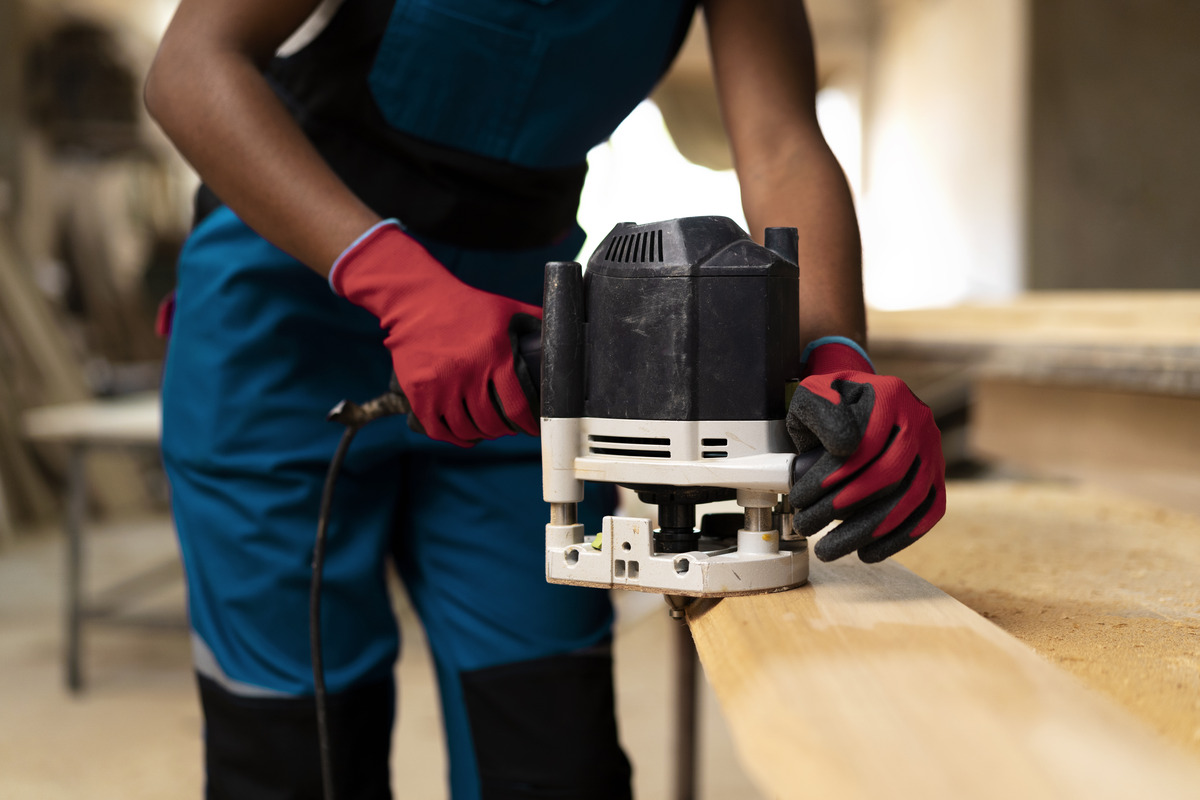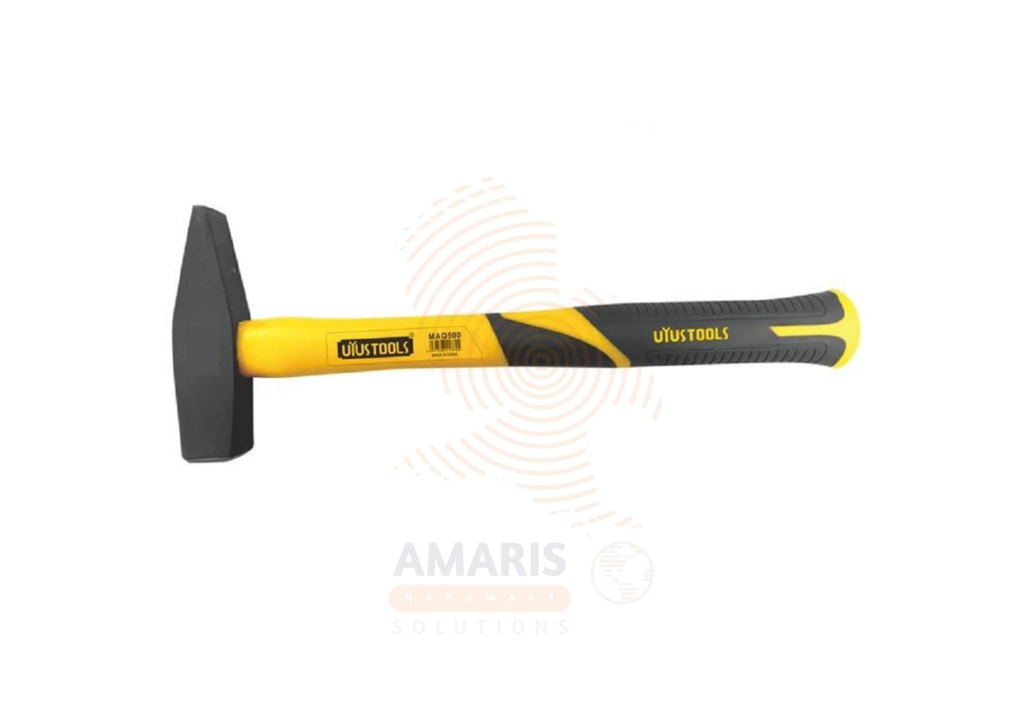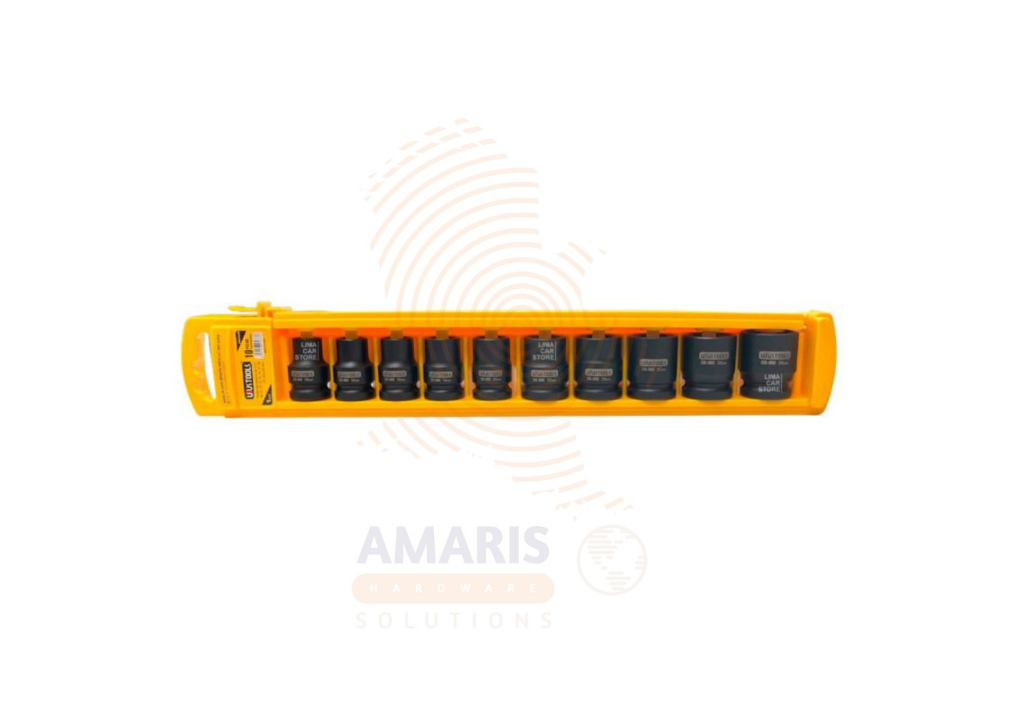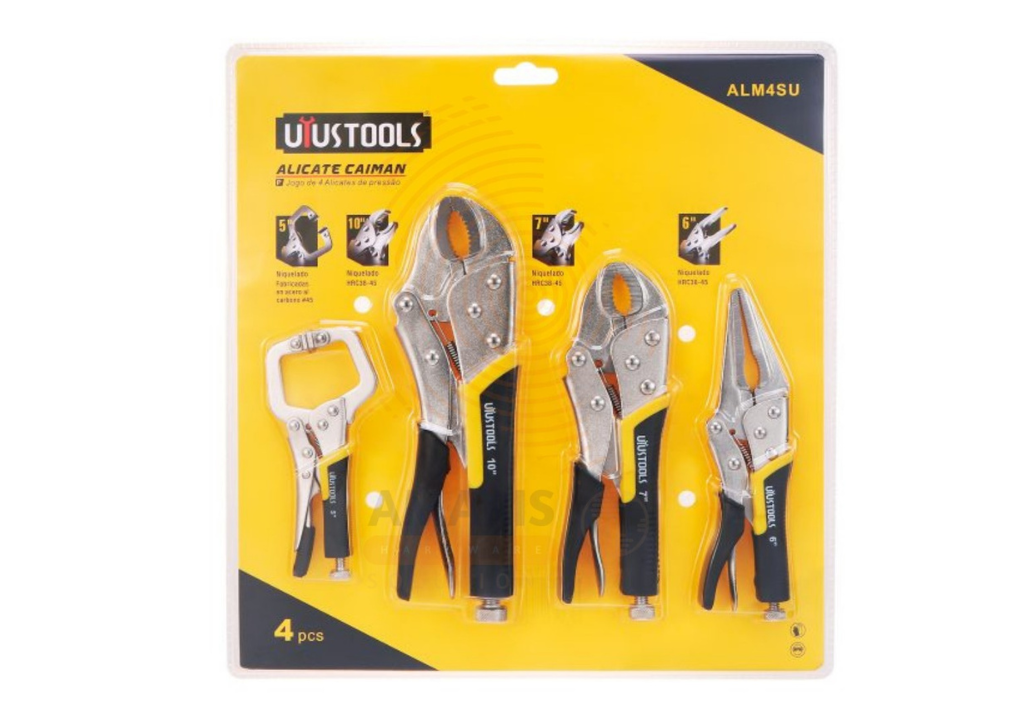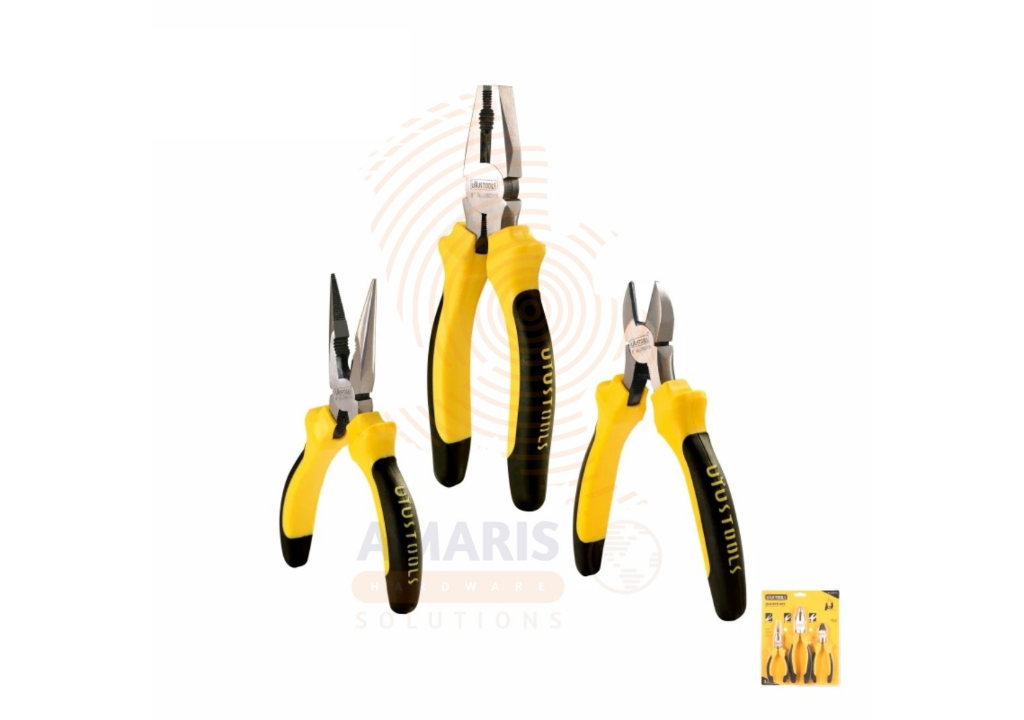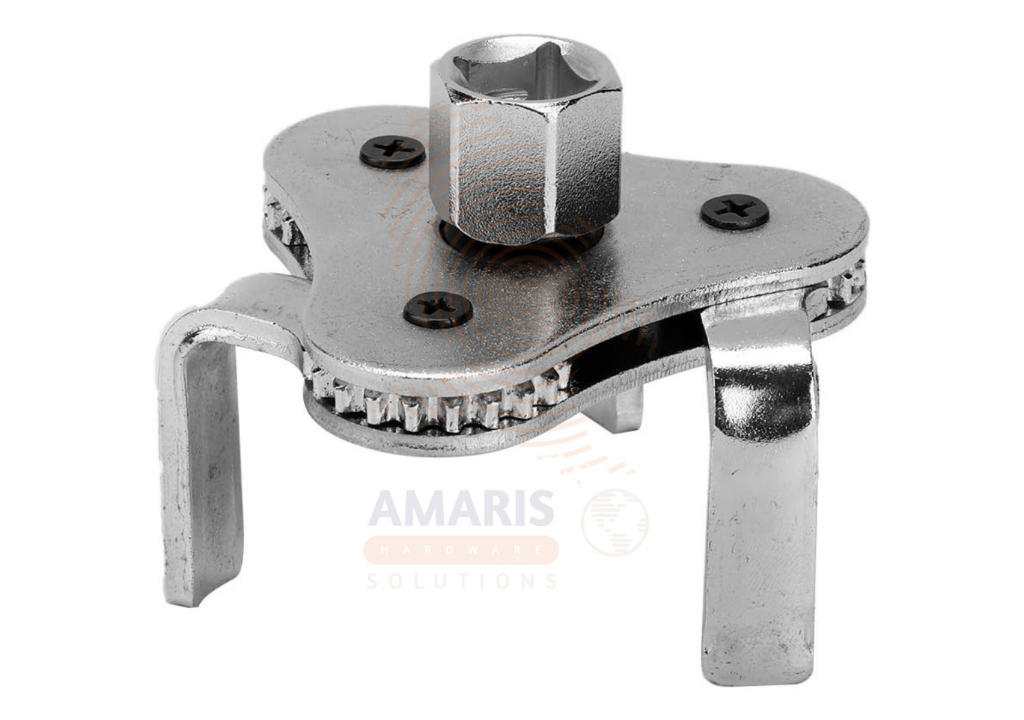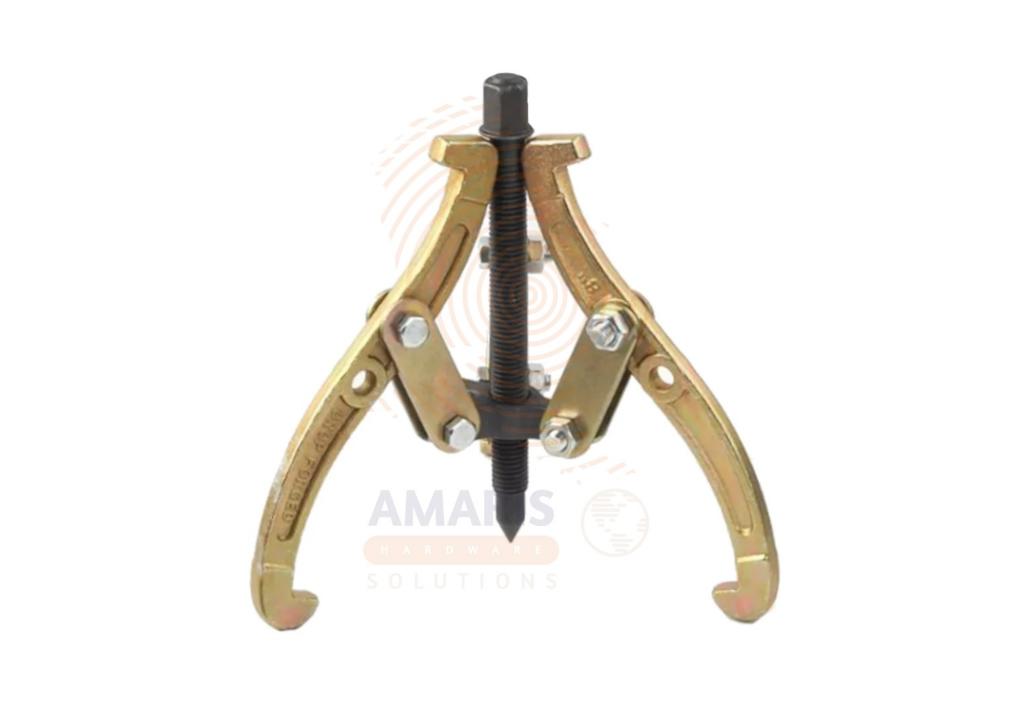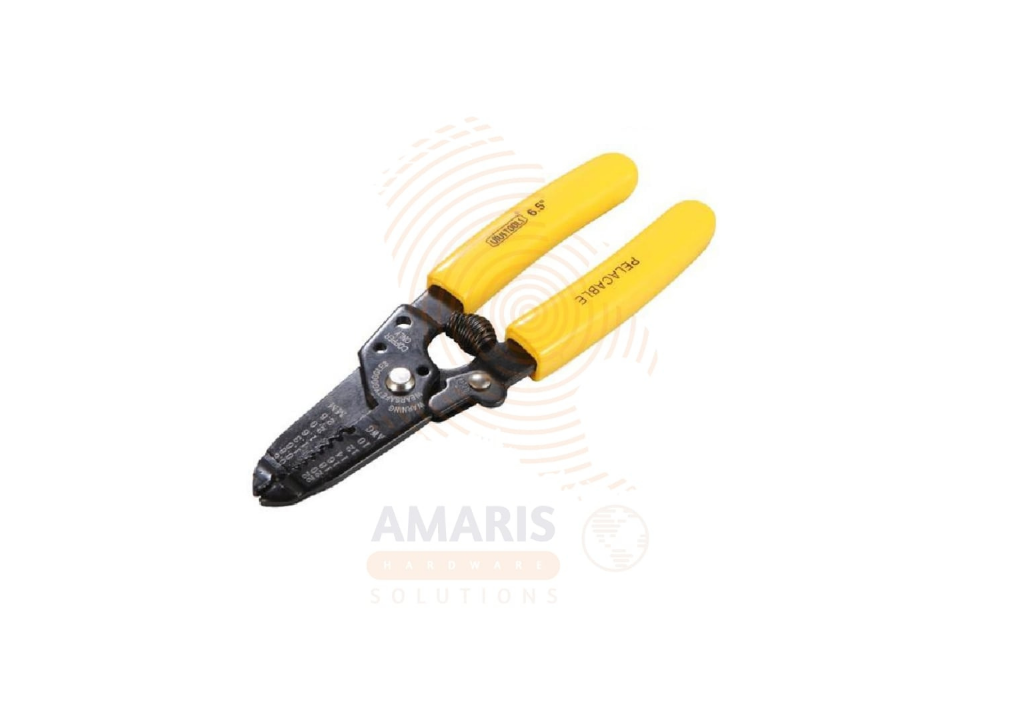“Strength Meets Precision: The Ball Pein Hammer – Fiberglass Handle” 🔨⚡💪
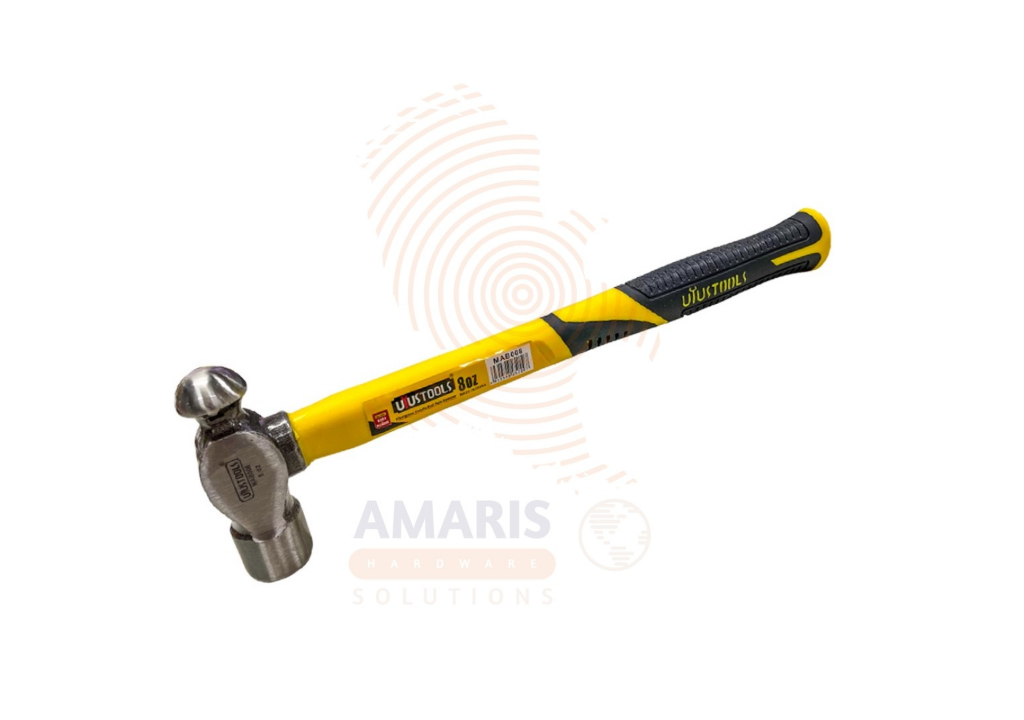
When it comes to metalworking, fitting, and shaping, the ball pein hammer has long been the craftsman’s go-to tool. With one flat face for striking and one rounded face (the “pein”) for shaping, this hammer is built for versatility. But add a fiberglass handle into the mix, and you’ve got a modern twist on a timeless design—offering strength, shock absorption, and comfort in one package.
Whether you’re working in a garage, a workshop, or on-site, this hammer earns its keep.
What Makes the Ball Pein Hammer Special? 🛠️
Unlike the typical claw hammer used for carpentry, the ball pein hammer is designed primarily for metalworking. The flat face is perfect for striking punches, chisels, and rivets, while the rounded pein is ideal for shaping metal without leaving sharp dents.
The fiberglass handle makes it even better by:
- Reducing Vibrations – Less strain on your wrist and arm during long jobs.
- Offering Strength – Fiberglass resists cracking and splintering far better than wood.
- Providing Comfort – Often coated with a non-slip grip for better control.
Main Uses of a Ball Pein Hammer 🔩
This tool is a workshop workhorse. Some of its most common uses include:
- Riveting – Rounding over metal rivets for secure fastening.
- Shaping Metal – Forming and smoothing sheet metal edges.
- Striking Tools – Driving punches and chisels without damaging their ends.
- Peening – Strengthening metal surfaces through controlled hammering.
- General Workshop Tasks – From knocking parts into place to light fabrication work.
Why the Fiberglass Handle is a Game Changer 🚀
Traditionally, ball pein hammers came with wooden handles. While functional, they often wore down faster under heavy use. Fiberglass handles solve several of those issues:
- Durability – Resistant to weathering, moisture, and chemicals.
- Shock Absorption – Less fatigue during repetitive striking.
- Low Maintenance – No sanding or oiling required like with wooden handles.
It’s a blend of old-school functionality with modern comfort.
Pro Tips for Using a Ball Pein Hammer 💡
- Grip Firmly, Not Tightly – Let the hammer’s weight do the work.
- Choose the Right Size – They come in various weights, from light 4 oz hammers to heavy 32 oz versions.
- Use the Pein Correctly – The rounded end isn’t for smashing—it’s for controlled shaping.
- Wear Eye Protection – Especially when striking metal, as small fragments can fly.
- Keep the Head Clean – Dirt and rust can affect striking accuracy.
Maintenance Tips 🧼
- Wipe the hammer head after each use to prevent rust.
- Inspect the handle regularly for cracks (though fiberglass is highly resilient).
- Store in a dry toolbox or hang on a pegboard to avoid unnecessary wear.
Why It Belongs in Every Toolbox 🧰
The ball pein hammer with a fiberglass handle isn’t just for professional metalworkers—it’s for anyone who needs a tough, reliable striking tool. Whether you’re building, repairing, or experimenting in your workshop, its combination of strength, precision, and comfort makes it an essential piece of equipment.
At Amaris Hardware Solutions, we’ve seen customers from all trades—mechanics, blacksmiths, machinists, and even hobbyists—trust the ball pein hammer for jobs that demand both impact and finesse. It’s proof that even in an age of power tools, the right hand tool still holds its ground.


 Acrylic Sealants
Acrylic Sealants Construction Adhesives
Construction Adhesives Double-Sided Tape
Double-Sided Tape Duct Tape
Duct Tape Electrical Tape
Electrical Tape Epoxy & Resins
Epoxy & Resins Masking Tape
Masking Tape
 Automotive Wrenches & Socket Sets
Automotive Wrenches & Socket Sets Battery Chargers & Jump Starters
Battery Chargers & Jump Starters Car Jacks & Stands
Car Jacks & Stands Car Wash & Detailing Products
Car Wash & Detailing Products Diagnostic Tools
Diagnostic Tools Tire Inflators
Tire Inflators Vehicle Lighting
Vehicle Lighting Oil & Lubricants
Oil & Lubricants
 Adhesives & Sealants
Adhesives & Sealants Bricks & Blocks
Bricks & Blocks Cement & Concrete
Cement & Concrete Drywall & Plaster
Drywall & Plaster Flooring (Tiles, Wood, Laminate)
Flooring (Tiles, Wood, Laminate) Lumber & Plywood
Lumber & Plywood Paints, Primers & Coatings
Paints, Primers & Coatings Insulation Materials
Insulation Materials Roofing Materials
Roofing Materials
 Circuit Breakers
Circuit Breakers Electrical Cables & Wires
Electrical Cables & Wires Switches & Sockets
Switches & Sockets Fuses & Relays
Fuses & Relays Connectors & Terminals
Connectors & Terminals Electrical Boxes & Panels
Electrical Boxes & Panels Conduit & Fittings
Conduit & Fittings Lighting Fixtures & Bulbs
Lighting Fixtures & Bulbs Extension Cords & Power Strips
Extension Cords & Power Strips
 Anchors
Anchors Bolts
Bolts Clips & Clamps
Clips & Clamps Screws
Screws Nuts
Nuts Washers
Washers Rivets
Rivets Nails
Nails Threaded Rods
Threaded Rods
 Hammers
Hammers Measuring Tools (Tapes, Levels, Calipers)
Measuring Tools (Tapes, Levels, Calipers) Screwdrivers
Screwdrivers Pliers & Cutters
Pliers & Cutters Saws & Blades
Saws & Blades Chisels & Punches
Chisels & Punches Allen Keys & Hex Keys
Allen Keys & Hex Keys Ratchets & Socket Sets
Ratchets & Socket Sets Wrenches & Spanners
Wrenches & Spanners
 Power Tool Accessories (Blades, Bits, Discs)
Power Tool Accessories (Blades, Bits, Discs) Rotary Tools
Rotary Tools Saws (Circular, Jigsaw, Reciprocating)
Saws (Circular, Jigsaw, Reciprocating) Drills & Drivers
Drills & Drivers Grinders & Sanders
Grinders & Sanders Heat Guns
Heat Guns Nail Guns
Nail Guns Impact Wrenches
Impact Wrenches Batteries & Chargers
Batteries & Chargers
 Pipes & Fittings (PVC, Copper, PEX)
Pipes & Fittings (PVC, Copper, PEX) Plumbing Tools
Plumbing Tools Pumps & Motors
Pumps & Motors Sealants & Adhesives for Plumbing
Sealants & Adhesives for Plumbing Valves & Taps
Valves & Taps Water Heaters
Water Heaters Drainage Systems
Drainage Systems Faucets & Fixtures
Faucets & Fixtures Hoses & Tubing
Hoses & Tubing
 Hinges & Latches
Hinges & Latches Hooks & Brackets
Hooks & Brackets Window Hardware
Window Hardware Chains & Cables
Chains & Cables Casters & Wheels
Casters & Wheels Shelving & Storage Systems
Shelving & Storage Systems Door Handles & Locks
Door Handles & Locks Drawer Slides & Cabinet Hardware
Drawer Slides & Cabinet Hardware
 Personal Protective Equipment (PPE)
Personal Protective Equipment (PPE) Respirators & Masks
Respirators & Masks Safety Glasses
Safety Glasses Safes
Safes Security Cameras
Security Cameras Gloves
Gloves Helmets
Helmets Ear Protection
Ear Protection Fire Safety Equipment
Fire Safety Equipment Locks & Padlocks
Locks & Padlocks Motion Sensors & Alarms
Motion Sensors & Alarms
 Garden Fencing
Garden Fencing Garden Furniture Hardware
Garden Furniture Hardware Lawn Mowers
Lawn Mowers Trimmers & Edgers
Trimmers & Edgers Shovels & Spades
Shovels & Spades Rakes & Hoes
Rakes & Hoes Pruning Shears & Loppers
Pruning Shears & Loppers Watering Systems (Hoses, Sprinklers, Nozzles)
Watering Systems (Hoses, Sprinklers, Nozzles)
 Interior Paints
Interior Paints Paint Brushes & Rollers
Paint Brushes & Rollers Paint Strippers & Thinners
Paint Strippers & Thinners Paint Trays & Accessories
Paint Trays & Accessories Exterior Paints
Exterior Paints Spray Paints
Spray Paints Primers & Undercoats
Primers & Undercoats Varnishes & Stains
Varnishes & Stains
 Gaskets & Seals
Gaskets & Seals Hydraulic Fittings
Hydraulic Fittings Industrial Fasteners
Industrial Fasteners Industrial Hoses
Industrial Hoses Lubricants & Greases
Lubricants & Greases Metal Sheets & Bars
Metal Sheets & Bars Bearings & Bushings
Bearings & Bushings Belts & Pulleys
Belts & Pulleys
 HVAC Filters
HVAC Filters Insulation for HVAC
Insulation for HVAC Air Conditioners
Air Conditioners Refrigerants
Refrigerants Ventilation Ducts & Fittings
Ventilation Ducts & Fittings Thermostats & Controllers
Thermostats & Controllers Fans & Blowers
Fans & Blowers
 Pegboards & Hooks
Pegboards & Hooks Shelving Units
Shelving Units Storage Bins & Containers
Storage Bins & Containers Toolboxes & Tool Chests
Toolboxes & Tool Chests Workbenches
Workbenches Drawer Organizers
Drawer Organizers Labeling Supplies
Labeling Supplies
 Welding Accessories (Clamps, Brushes)
Welding Accessories (Clamps, Brushes) Welding Electrodes & Rods
Welding Electrodes & Rods Welding Helmets & Gloves
Welding Helmets & Gloves Welding Machines
Welding Machines Soldering Irons & Stations
Soldering Irons & Stations Flux & Solder Wire
Flux & Solder Wire
 Generator Accessories
Generator Accessories Inverters
Inverters Portable Generators
Portable Generators Power Inverters
Power Inverters Transfer Switches
Transfer Switches Diesel & Gasoline Generators
Diesel & Gasoline Generators
 Transport Equipment: Carts, Dollies, and Hand Trucks
Transport Equipment: Carts, Dollies, and Hand Trucks Storage Solutions: Pallets, Racks, and Containers
Storage Solutions: Pallets, Racks, and Containers Lifting Equipment: Hoists, Cranes, and Jacks
Lifting Equipment: Hoists, Cranes, and Jacks Conveyors and Accessories: Belts and Rollers
Conveyors and Accessories: Belts and Rollers